Why do raspberry leaves curl and what to do?
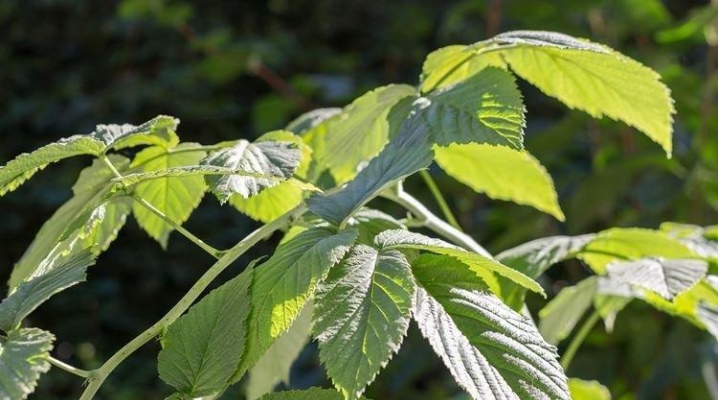
Gardeners who plant raspberries on their plot often face such a problem as curling leaves on bushes. In most cases, this indicates the development of a disease or infection of the raspberry tree with pests.
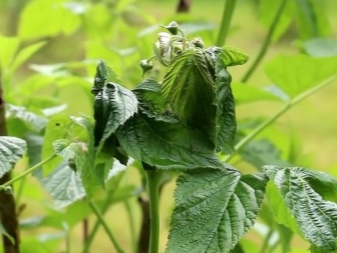
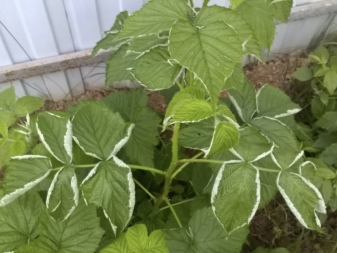
Causes
In order to solve the existing problem, you need to find out everything about the reasons for its occurrence.
Fungal infections
Very often, raspberry leaves begin to curl due to the fact that the bushes infect various fungal diseases.
- Verticillary wilting... This disease is popularly known as "wilt". She is considered one of the most dangerous. The disease develops most actively in the first half of summer. In addition to curled leaves, raspberry bushes can also have dark purple spots on the outside. Over time, young shoots and roots of raspberries begin to die off. If you do not start treatment on time, the bush will completely dry out in 10-12 days. For processing raspberries, you can use drugs such as "Previkur" or "Trichodermin".
- Phytophthora... As a rule, this disease develops in waterlogged soil or in areas with a high nitrogen content. If the plant suffers from this particular disease, it begins to slow down in development, and a brick-red bloom appears on its roots. This disease can be treated only in the early stages of its development. For this purpose, copper sulfate or Bordeaux mixture is usually used.
- Anthracnose... The disease develops in hot summers during the rainy season. After infection, the leaves quickly dry out and die off. The ovaries on the bushes disappear. The berries become dry and covered with purple spots. For the treatment and prevention of anthracnose, drugs that contain copper are used.
- White spot. This disease is quite common. It usually develops in high humidity conditions. The development of this disease is evidenced by the appearance of light brown spots on the leaves and their rapid twisting. Over time, the bush begins to weaken, and then dies altogether. Treatment of bushes with fungicides helps to get rid of this disease.
- Gray rot... It is very easy to notice the signs of infection. On rolled leaves, as well as on fruits, a dense gray bloom appears in a short time. If you do not start to fight the disease, it will quickly destroy the raspberry tree. You can prevent plant infestation by spraying them with fungicides. In the event that the bush is already sick, the affected branches can only be cut and burned.

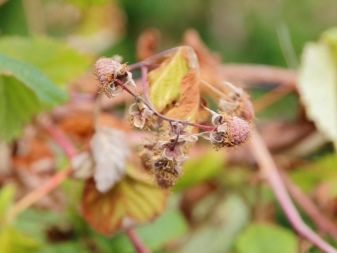
Viral diseases
They are less common than fungal diseases, but they still pose a danger to the raspberry tree.
- Curly leaves... After infection of the bush, the leaves on it curl and fall off. Flowers on a sick plant fall off, and berries do not form. Noticing the symptoms of the disease on the bush, all affected branches and leaves must be cut off and destroyed.
- Ring spot... When infected, raspberry leaves not only curl, but also turn yellow. The deformed foliage becomes weak and crumbles. It is impossible to cure a seriously ill plant, it can only be destroyed so that the disease does not spread further.
- Mosaic... This disease spreads very quickly and affects both young and adult bushes. The main symptoms of the disease are the appearance of mosaic-shaped spots on the leaves, curling of the leaves around the edges and tasteless fruits. It is almost impossible to cure the mosaic. Therefore, noticing the affected branches on the bushes, they must be cut off and destroyed immediately.
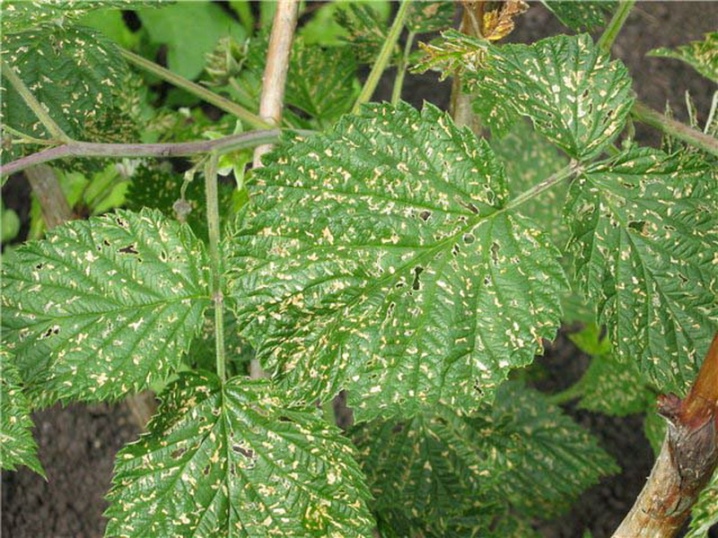
In general, the development of viral diseases is easier to avoid than to fight against them. Therefore, for planting on the site, it is worth choosing disease-resistant raspberry varieties.
Improper watering
Too dry or waterlogged soil can also cause curling of raspberry leaves. To make the plant feel good, you need to adhere to the following rules:
- do not plant bushes too close to each other;
- loosen the soil in the trunk circle and, if necessary, water the raspberries;
- use warm settled water for irrigation.

It is worth noting that you rarely need to water raspberries, but with plenty of water. Otherwise, the chances of damaging the sensitive root system will be quite high.
Lack of minerals
Often the leaves of raspberries curl upward or inward due to the fact that the plant lacks some minerals. To prevent this from happening, it must be fed regularly.
When planting bushes, high-quality manure must be introduced into the soil. In spring, young bushes need to be fed with nitrogen fertilizers. Typically, gardeners use ammonium nitrate or urea. In autumn, plants are fed potash-phosphorus fertilizers.

Pests
Swirling leaves can also indicate that the plant is attacked by harmful insects or their larvae. There are several main pests that are attracted to raspberry bushes.
- Aphid is a dangerous enemy of gardeners. It not only sucks out all the nutrients from the raspberry leaves, but also carries various viruses. Noticing these small insects on the branches of bushes, they must be immediately destroyed. For this, an ash or soap solution is used, as well as industrial insecticides.
- Weevil... Insects with a long proboscis attack raspberries in early spring. To prevent them from attacking young bushes, gardeners plant garlic next to the raspberry. Also, for prevention, plants can be treated with a garlic solution. Adult weevils can also be harvested by hand. They are quite large, so it is not difficult to spot them.
- Stem fly... The leaves affected by this pest first curl inward, and then begin to rot. To get rid of the raspberry fly, the plant can be treated with insecticides such as Iskra or Karbofos.
- Spider mite. These insects are difficult to spot. They prefer to hide on the inside of the leaves. The foliage affected by these pests curls inward, and then quickly turns yellow and withers. You can fight spider mites in the same ways as with aphids.
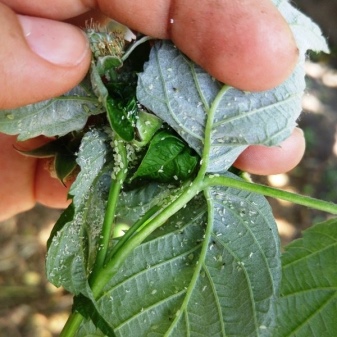

What to do?
If the raspberry leaves begin to curl up or down, the plant needs help. At this stage, you need to deal with the problem quickly so that the weakened bushes do not dry out completely. To protect plants from diseases and pests, you can use both chemical preparations and folk remedies. But at the same time it is important so that they are gentle and do not harm the bushes. If the problem is too serious and cannot be dealt with, the affected bushes need to be uprooted and destroyed.
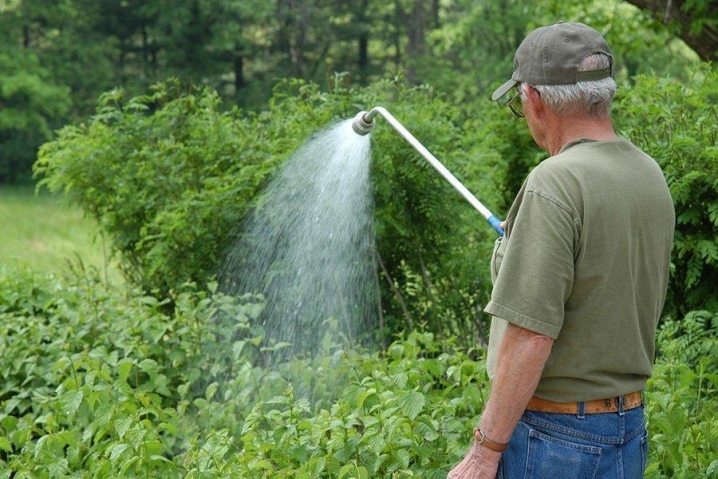
Plants suffering from improper watering or lack of minerals can still be restored. The main thing is to notice in time that they dry and fade. If you immediately find the source of the problem and feed or water the plants, the bushes will move away very quickly.
Prevention measures
In order not to face the described problems, it is necessary to try to create good conditions for the development of raspberries. To do this, you must adhere to simple rules.
- All seedlings must be carefully examined before planting. There should be no cracks, spots or build-ups on them.
- Trim the bushes in the spring. Immediately after the snow melts on the site and the ground warms up, you need to get rid of the frostbitten shoots and branches that grow inward.
- Feed your raspberries regularly. Before fertilizing, the soil under the bushes is loosened and watered.
- In the spring, the soil and the bushes themselves are treated with Bordeaux liquid as a preventive measure. This should be done even before the appearance of the kidneys.
- In the fall, raspberry bushes need to be properly prepared for winter. The branches that will no longer bear fruit must be destroyed, and the young stems must be carefully shortened. All leaves must also be cut off from the branches. The soil for the winter can be fertilized with high-quality potash-phosphorus fertilizer. And the bushes should be pressed to the ground and covered with suitable material on top so that they do not freeze in winter.
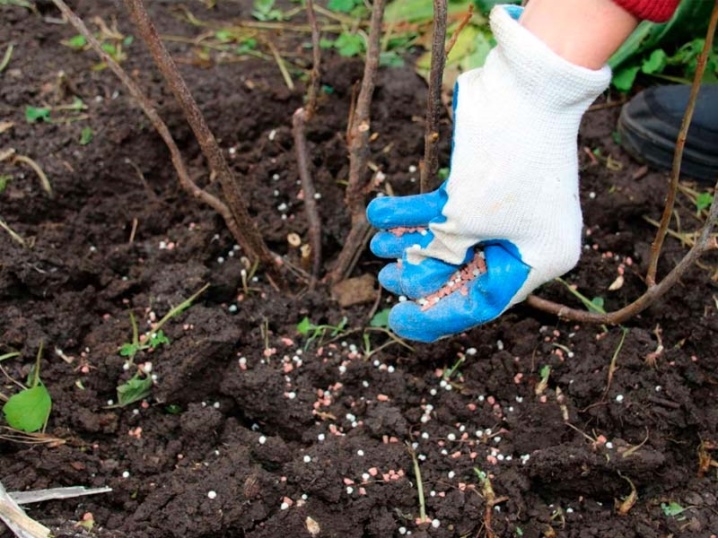
If you properly care for the raspberry and regularly inspect the plants, they will grow healthy and will delight you with a good harvest.
For information on what to do with curled raspberry leaves, see below.













The comment was sent successfully.